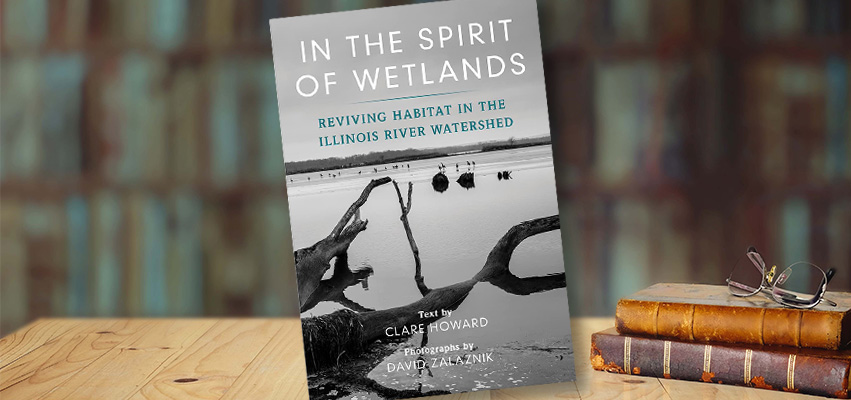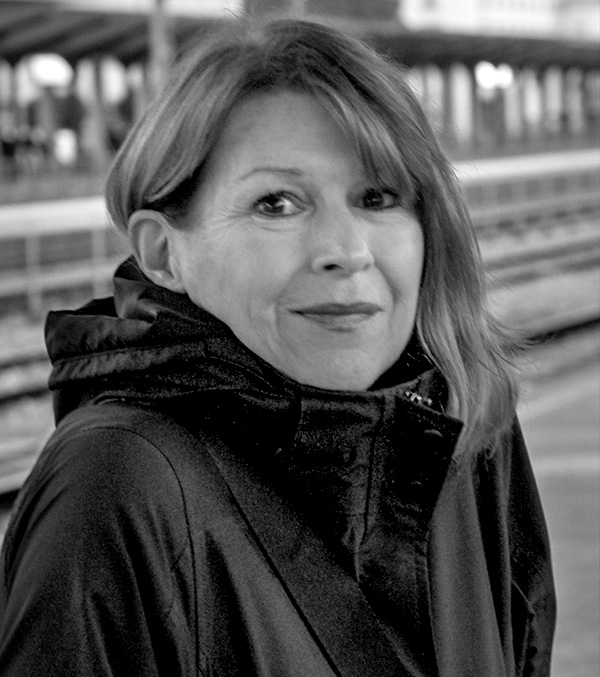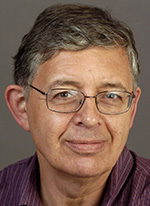
Sometimes, environmental progress is just a matter of forgiveness.
That’s one of the messages of "In The Spirit of Wetlands," a book by Clare Howard and David Zalaznik of Peoria, to be released by University of Illinois Press in July.
Wetlands are forgiving, writes Howard.

“They don’t hold a grudge against us for thinking they are nothing more than unproductive, foreboding swamps and fields of weeds,” she noted recently in an op-ed piece in the Chicago Tribune.
Wetlands serve a number of benefits. They help filter fertilizers and pesticides from the soil. They can help prevent rivers from flooding. They serve as sanctuaries for wildlife. They store carbon.
No wonder Howard and Zalaznik wax so eloquently in defense of the bogs, marshes, seeps and swamps now being recognized as important lines of defense in a world dealing with the complexities of climate change.
“We’re not scientists. We didn’t want to write a science book,” said Howard. “We’re journalists. We wanted to know who are the people who put their belief in swamps? We found dozens.”
The pair’s journalism credentials are noteworthy. Howard worked at Peoria’s Journal Star for 25 years, covering environmental issues among other beats. She spent the last eight years as editor of the Community Word, a Peoria monthly. While there, she received a Ford Foundation grant to investigate efforts by chemical giant Syngenta to protect its controversial herbicide atrazine.
Zalaznik was an award-winning photographer at the Journal Star for 32 years, leaving in December 2020. His previous book, "Life on the Illinois River," was published by University of Illinois Press in 2009.
The 80 photographs that accompany Howard’s text in Spirit are in black and white, for emphasis, said Zalaznik. “They range between landscape shots, personality and people profiles along with wildlife scenes. They’re all intertwined,” he said.
The people who put their belief in swamps represent a wide range of personalities. Among them is Kristina Kovarik, the mayor of Gurnee, a town 40 miles outside of Chicago. Over the years, she has leveraged FEMA money, along with local resources, to buy and raze housing that had been built in the floodplain of the Des Plaines River.
Gurnee, which suffered mightily when the Des Plaines River periodically flooded, has seen the benefits of the town’s land acquisition plan, along with a wetlands restoration project recently completed by the Lake County Forest Preserve in an area north of the community.
Donald Hey, described as a “wetlands warrior” in a Missouri magazine, also has made a difference in sounding the need for wetlands, said Howard.
As a scientist and executive director of Wetlands Research, Hey sees nutrient farming as a way to incentivize farmers to establish more wetlands and generate more income than they would growing corn and soybeans.

Hey is also one of the architects of the Sue and Wes Dixon Waterfowl Refuge in Hennepin, said Howard. Now open to the public, the Dixon Refuge is one of the first large-scale floodplain restoration projects set up along the Illinois River.
Michael Wiant, former director of the Dickson Mounds State Museum, also is among those cited in Spirit. He cites the ancient wisdom behind wetlands, which had a settling influence on people.
“The roots of a sedentary life were related to the use of aquatic resources in the backwater lakes,” he said. “Sedentary communities became large, and people lived longer.”
Howard and Zalaznik found Illinois farmers that have taken agricultural land out of production in order to install wetlands, notably John Franklin and Jim Fulton, who operate family farms in McLean and Livingston counties, respectively.
“Farmers are able to get grants to develop wetlands,” said Howard. The Chicago-based Wetlands Initiative and the Nature Conservancy provide such assistance.
While documenting the progress made by individuals across the state in establishing and promoting wetlands, Howard also suggests you don’t have to be a farmer or scientist to get involved.
For example, people can make a difference by putting in a rain garden, or by planting deep-rooted perennials, or by employing a rain barrel, according to Mike Miller of the Peoria Park District and Jim Kleinwachter of the Conservation Foundation of Naperville, both of whom are mentioned in the book.
“It’s pretty easy to sell the idea that the Earth is in bad shape and these small changes can make a difference,” said Kleinwachter.
Ultimately, “it’s a story about people that will change the way people think,” said Howard. “As the forgiving spirit of a wetland emerges, it nurtures a renewed landscape that alters our view of the environment and the planet.”

Steve Tarter is a Peoria Magazine contributor who was born in England, raised in Boston, moved to Peoria to attend Bradley University and decided to stay. He has spent a career in journalism and public relations.

